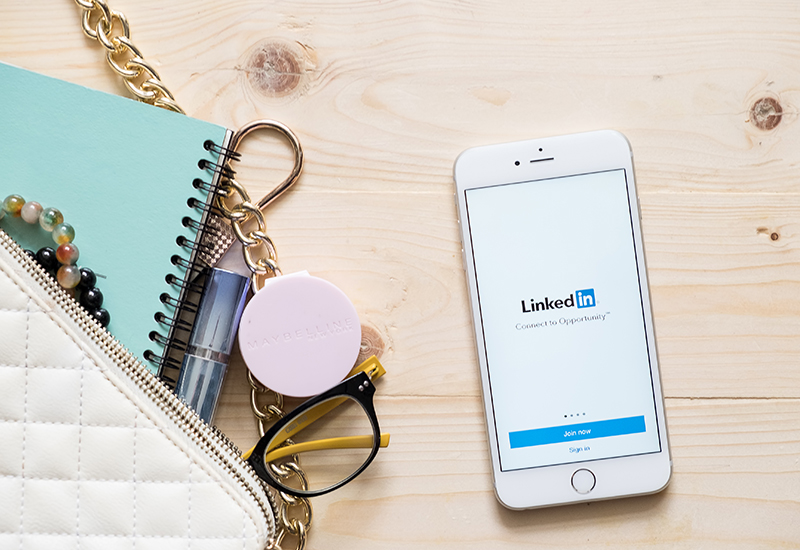Professional networking giant, LinkedIn has come up with a new change in privacy settings that is sure to cause a ripple among marketers and lead generation experts. Under this change, it now prevents others from exporting your email address from the site.
While the move itself looks to protect data privacy and might win brownie points with connections and users already hooked on LinkedIn, the way it was rolled out left a lot to be desired. The move came without any forewarning or public announcement. It quietly rolled out the feature universally without a formal announcement.
How it was discovered?
A user had reported to TechCrunch that it is no longer possible to export email address of their connections. When confronted with the query, LinkedIn too corroborated this change. It said that this change was done to provide more control over who gets access to their email address details.
What is the change?
There is a minor yet impactful change to the user interface of the settings page now. Under the ‘Who can download your mail’ setting, you can set the option depending on the privacy needs you require on a personal level. This way users get the control on who can download their email id through a data export.
Where is it found?
Under ‘Settings & Privacy’ traverse to ‘Privacy’. You will see a small section labelled “Who Can See My Email Address?” This leads to a message “Allow your connections to download your email [the actual address] in their data export?” along with an option to turn on or off the choice. The user can set the toggle to ‘No’ which prevents others from downloading your email address into their data export requests.
What is the impact?
Due to the almost zero knowledge about this update, not many are aware of the same. Users may not even know why they should toggle the choice to a ‘No’ rather than a ‘Yes’. The real reason is to protect the user’s privacy and stay in line with the digital business’s strict focus on protecting the user’s privacy.
With this change the impact is subtle. Users can still view the email id when they visit the connection’s page. However, when they want to do a broad data export, LinkedIn will prevent the user’s id to be added to the data as he/ she may have marked a ‘no’ to “Allow your connections to download your email [the actual address] in their data export?”
If this move was for a B2C site like Facebook, it would’ve made sense. But on LinkedIn, people establish connections and access mail ids to knowingly get in touch for professional and business reasons. Hence the move on LinkedIn doesn’t make much sense.
Experts feel that though this might be a big win for LinkedIn in preventing data theft, it might herald a substantial loss for marketers who are interested in establishing a connection for promoting their products/ services. What is your take on this move by LinkedIn? Do write to us and let us know.





